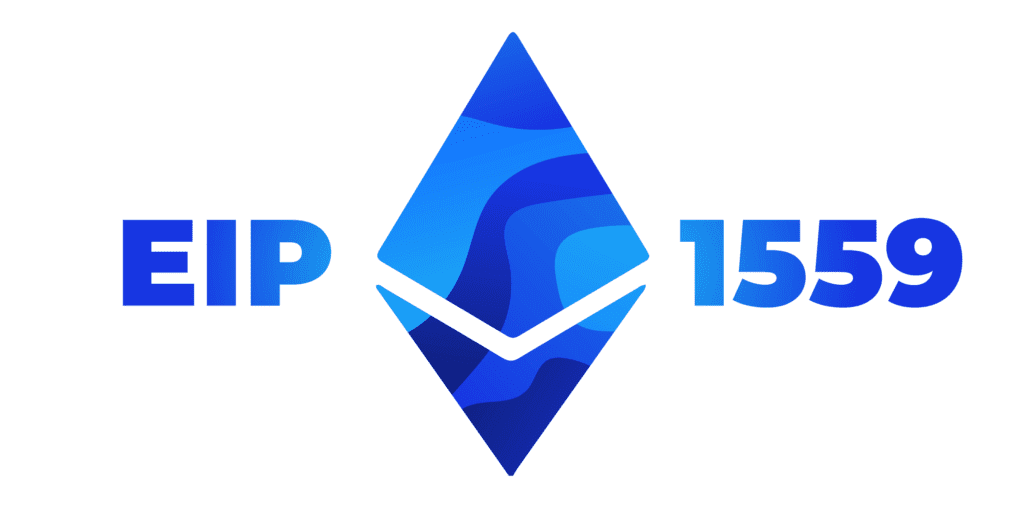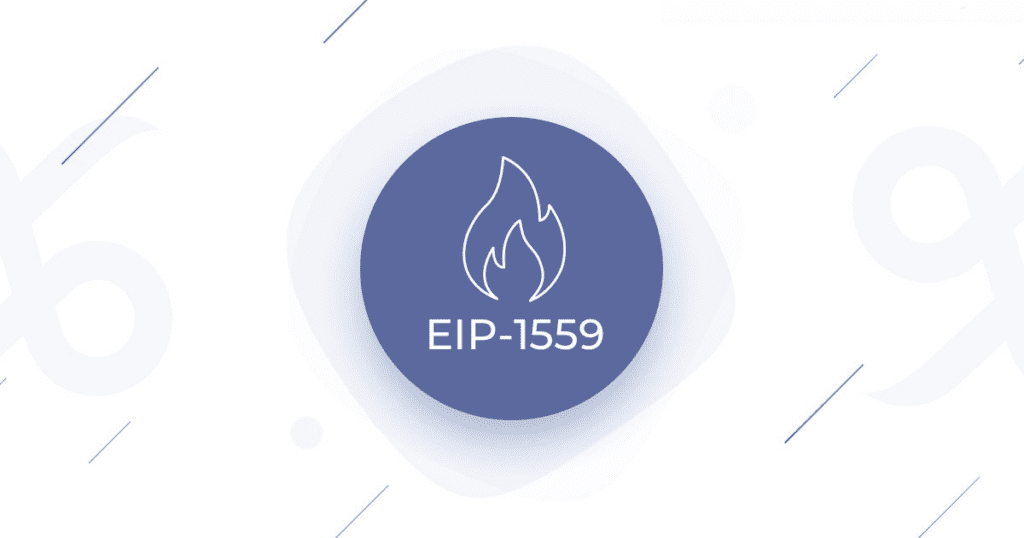Since its 2015 inception, Ethereum has grown in popularity. By creating technology that will give all traders better and more effective transaction experiences, its creators are attempting to address this problem. The EIP-1559 update is their most recent remedy. What is EIP-1559, then? How does it impact Ethereum? Let’s answer these questions with Coincu.

What is EIP-1559?
Standards for the Ethereum network, including core protocol specifications, client APIs, and contract standards, are included in the Ethereum Improvement Proposal (EIP). These ideas are meant to make Ethereum better. Anyone can create an EIP, but the core API developers must approve it before it can be used.
Vitalik Buterin originally proposed EIP-1559 in 2018 to increase the effectiveness of transactions on the Ethereum network. The pricing structure for gas fees, the transaction costs paid for block inclusion, is optimized using a hybrid system of basic fees and tips.
The base fees that are burned are chosen by an algorithm. Users must pay at least these amounts to include their transactions on an Ethereum block. Tips are extra charges that users can add to incentivize miners to give their transactions priority. The goal of EIP-1559 is to increase the effectiveness and transparency of the charge pricing system while also enhancing user experience.
How does EIP-1559 affect Ethereum?
EIPs don’t frequently garner media attention, but EIP-1559 has. The algorithm that controls the gas fee takes the place of Ethereum’s auction-style fee mechanism. Some possible impacts include the following:
Reduced ETH inflation when its supply unlimited
In Ethereum, two new coins enter the market every time a block is mined. This indicates that there is an endless supply of Ether. As additional coins are produced and made accessible to investors, holders will notice a gradual decline in the value of their Ether. EIP-1559 eliminates coins from circulation by burning the base fee as opposed to rewarding miners with it. The endless supply of ETH coins is balanced out by this burning mechanism.
Prediction of gas fees
Gas prices won’t necessarily be reduced under EIP-1559, but they will become more predictable. Transaction fees under the auction fee system are subject to the whims of the market. EIP-1559, however, limits charge changes to 1.125 times each block. This stabilizes and regulates the erratic Ethereum fee market. Instead of placing blind bids, users will be aware of what to anticipate to pay with each transaction.

Fee adjustment mechanism
Variable block sizes, which can increase to twice the set gas aim of 15 million gas per block, are suggested in EIP-1559. The gas charge changes depending on whether a block contains more than 15 million gas or less than 15 million gas. This method makes sure that there is no block gas restriction and the system is not overloaded with huge blocks.
As opposed to the present Ethereum fee market, this. Currently, in order to accommodate more pending transactions in a block, miners must gradually increase the block gas limit. This process is cumbersome and ineffective.
EIP-1559 enhances market efficiency by making precise fee calculations possible. Miners can postpone transactions without charging sufficiently high fees thanks to the current auction system, in which users bid for block space.
What happens after the update?
In brief, the existing gas fee will be replaced by a base fee determined by Ethereum’s algorithms. ETH must be used to pay for this fee. The base charge will vary in accordance with how the market perceives Ethereum.
The network’s usage rate will be stabilized at 50% thanks to the EIP-1559 update. As a result, each verified block can only handle 50% of its usual load.The base price will automatically increase if the network load rises above 50%.
However, the base charge will change in accordance with Ethereum’s utilization capacity if the network load falls below the predetermined level. With the use of this predictable price mechanism, wallet providers will be able to automatically control transaction fees, absolving the holder of any liability.
Finally, the base fee won’t ever be stored by miners because it will be burned after the transaction is finished.

Why is EIP-1559 different?
The EIP-1559 stands out among the Ethereum enhancement proposals since it suggests a new means of paying transaction fees on Ethereum. Currently, gas is required to complete every operation on the Ethereum network. The network decides how much gas to use, and this amount is intended to be proportional to the amount of processing required to accomplish the task.
In the current method, which is known as a first-price auction system, miners give priority to Ethereum transactions of users who bid the highest fees for their transactions in order to maximize block rewards. According to the first-price auction method, a user’s transaction will be processed on the blockchain more quickly the more gas they buy for it.
The complexity and inefficiency of this pricing structure are particularly evident for users who overpay for transitions.

This first-price auction is abandoned in favor of the fixed-price selling mechanism under EIP-1559. The fixed-price offer operates similarly to how you would purchase groceries in a store. You can choose to pay the price that the protocol has fixed or not.
EIP-1559 introduces a basic fee that changes automatically in response to network activity rather than requiring users to choose the transaction fee to be paid. In the past, third-party websites have made an effort to calculate network congestion in order to assist with bidding levels.
However, EIP-1559 does away with this requirement by delegating base fee calculation to the protocol. Since the network decides on an ideal pricing for block space, users won’t have to worry about paying too much for network resources. Still, users can tip to try to get noticed.
How EIP-1559 affects the ETH price?
It will significantly alter the fee-burning mechanism, which is anticipated to slow the rate at which the quantity of ETH increases. The future supply of ETH may even become negative, meaning that more tokens have burned than have been distributed to the miners responsible for running the network.
Naturally, a higher price results from a decreased supply and rising demand. EIP-1559 is anticipated by several investors to support a bullish ETH price. However, that is only in theory, the value of Ether must still follow the laws of the market.
Conclusion
For investors, the burn mechanism will put downward pressure on the quantity of ETH, increasing the value of Ethereum. The burning mechanism will also cause a 35% pay reduction for miners, compelling some of them to stop working. The adoption of EIP-1559 carries a technology risk in addition to the potential for inciting a miners’ uprising.
Users shouldn’t have to overpay repeatedly for transactions after EIP-1559 is implemented. Additionally, the adoption of dApps inside the Ethereum ecosystem will be aided by the pricing system’s predictability and openness.
In any event, EIP-1559 will modify the Ethereum blockchain in a fundamental and substantial way. Stakeholders must be informed of the potential impact and get ready for the upcoming changes, including miners, users, and investors.
DISCLAIMER: The Information on this website is provided as general market commentary and does not constitute investment advice. We encourage you to do your own research before investing.
Join us to keep track of news: https://linktr.ee/coincu
Website: coincu.com
Harold
Coincu News






















